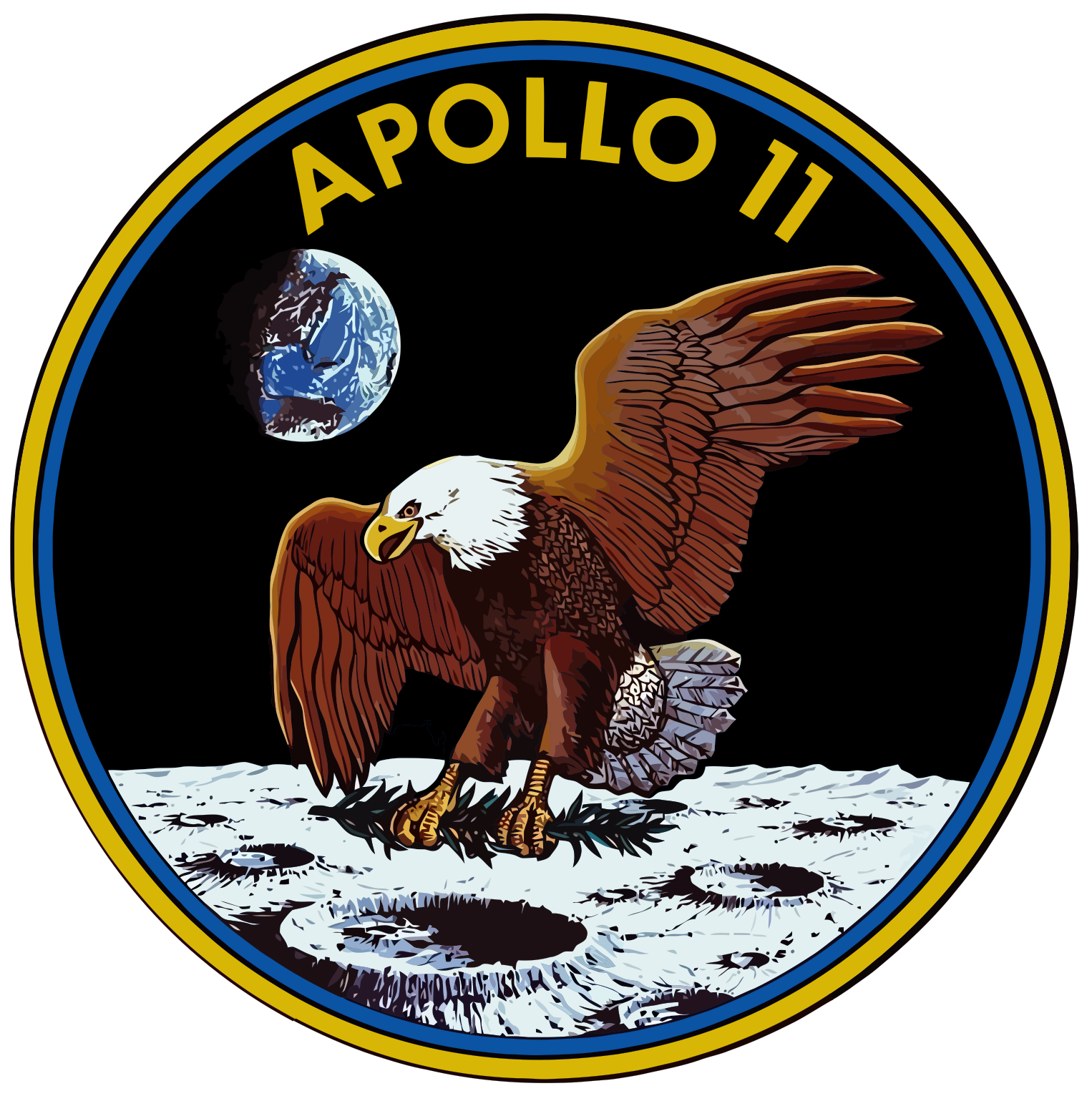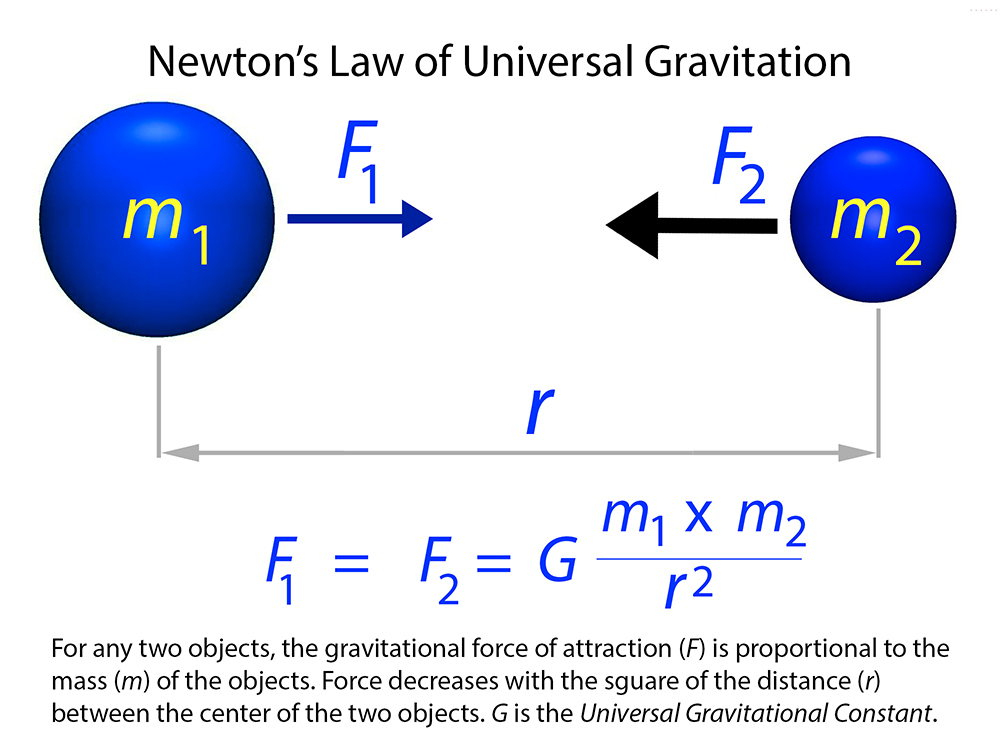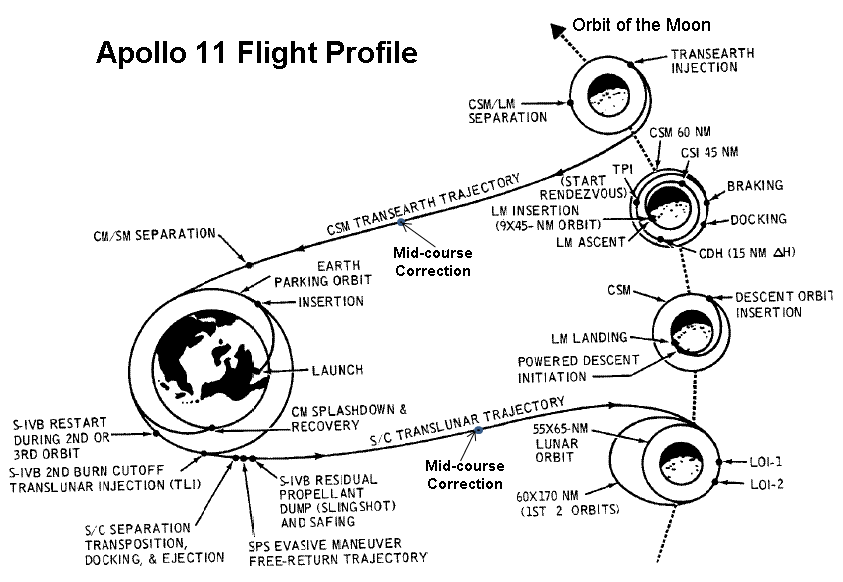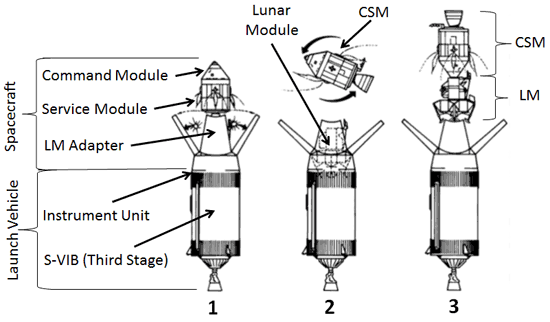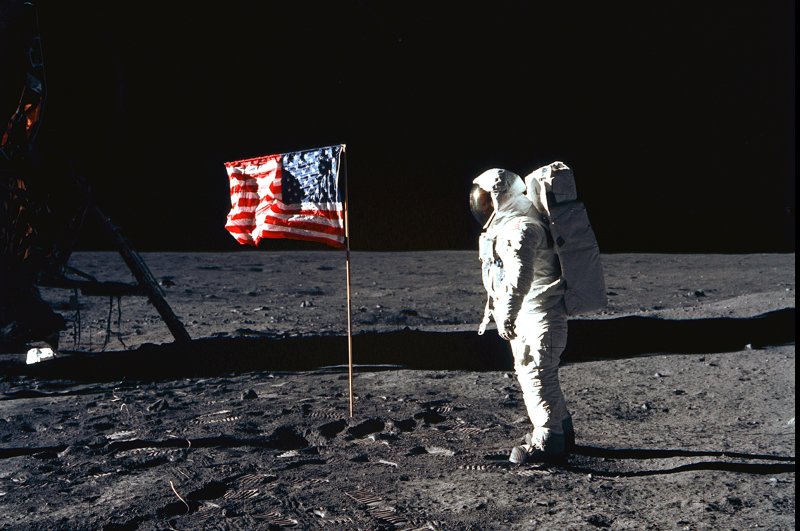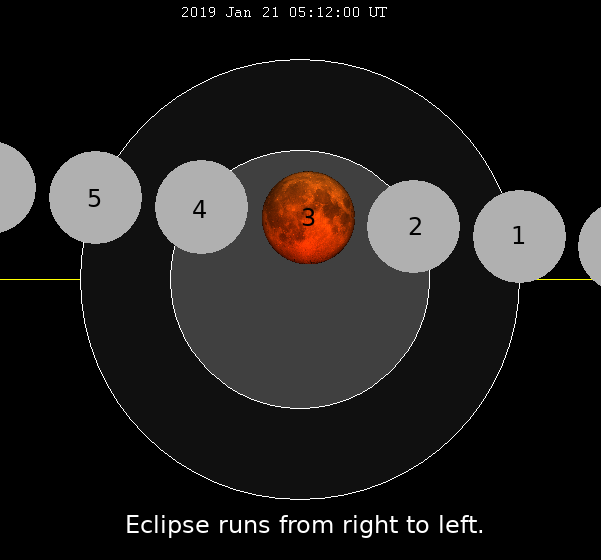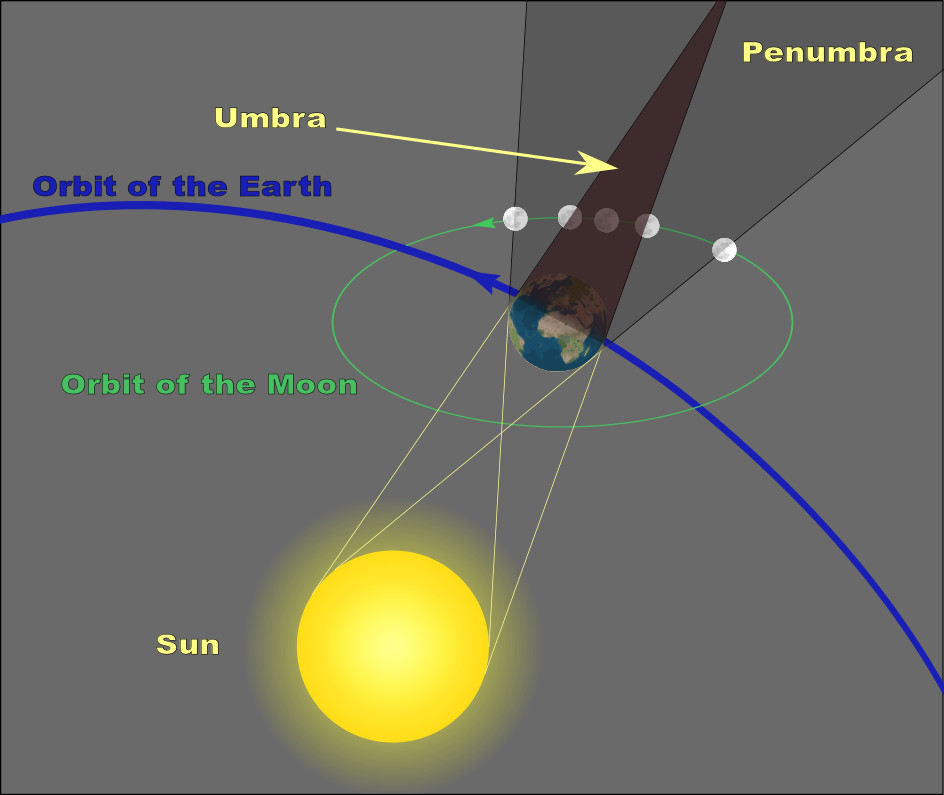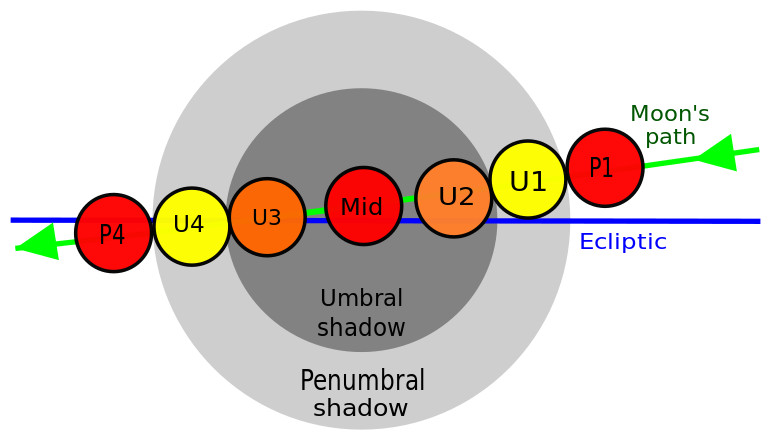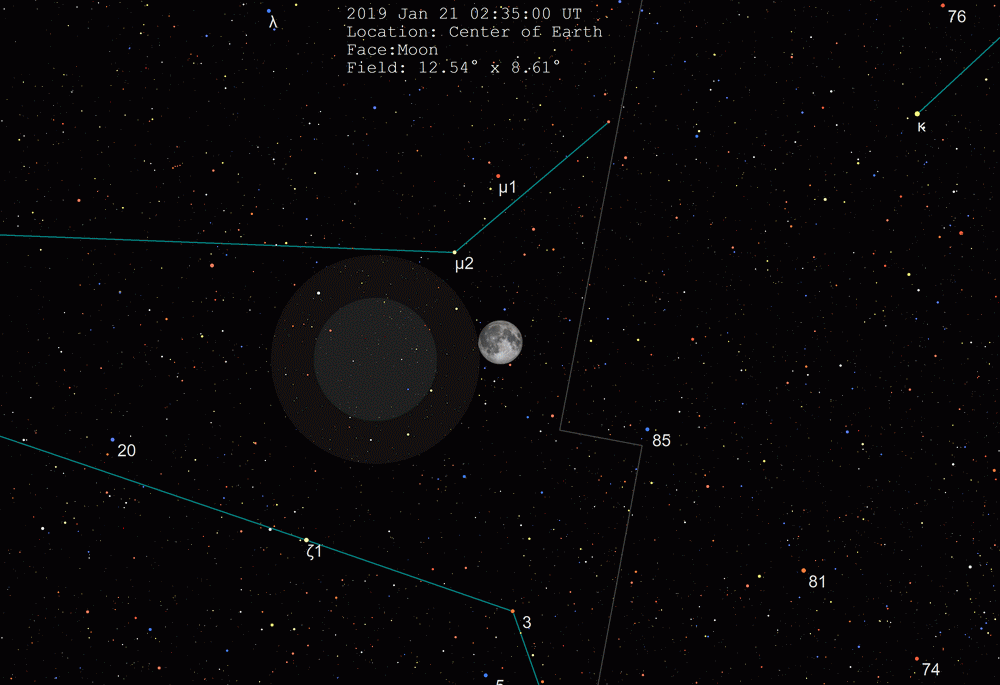We start, once again with Orion…but we move east (left) and south (down) a bit…at least as seen from the Northern Hemisphere, around midnight. Shortly after sunset, just look straight down. Follow the line of the belt stars towards the eastern horizon.

See that very bright star there? That’s Sirius. It’s the brightest star in the night sky, and I mentioned it in passing last time.
It’s almost on the Milky Way (you can see a faint suggestion of it in the picture). In the picture, up and to the left, is Procyon, and moving right from Procyon there’s a yellowish star, and that’s Betelgeuse. Those three stars form a nice equilateral triangle, and it’s known as the Winter Triangle. (I personally find Rigel to be bright enough to ruin the pattern, so it only works for me after Rigel has set, or if it’s covered by a cloud.)
Our OTHER star? It’s also right there.
Binary Stars
Most stars are actually parts of a star system, a group of stars that orbit each other. It could be two, three…even up to six stars. In fact, a triple-star system is the most common. From Earth, with its oddball one-star system, we cannot tell any star is a multiple star, without the aid of a telescope, but once we had telescopes (thank you Galileo), the truth became apparent, quickly.
Shades of Tattoine! That was a double star, and as you’ll remember, in Star Wars, they looked very similar; they basically just took a double image of our Sun.
In the real universe the stars rarely match that well.
The nearest star to us (other than the sun, of course) is Alpha Centauri; it is a triple. It has one star a bit more massive than the Sun, another one a bit less massive, orbiting their common center of gravity in very elliptical orbits (the closest distance is 11 AUs–about the distance between Saturn and the Sun, and the furthest is 36 AUs, more distant than Neptune is from the sun) every eighty years. There is a third star, very small and faint–too dim to be seen by the unaided or “naked” eye. It’s called Proxima Centauri. It’s estimated to be 12% of the mass of the Sun, and 1/20,000th as bright. (Remember, a more massive star is disproportionately bright, so a less massive star will be disproportionately dim.)
It’s about an eighth of a light year from the two big stars in the Alpha Centauri system. And right now it’s closer to us, in fact it is the closest star to the Sun. (And yet, we can’t see it.) If we could see it it would appear about four moon diameters away from Alpha Centauri.
(Digression. Step outside some clear night, and look up. Red dwarfs are the most common stars there are, roughly three quarters of all stars are red dwarfs. But not a single star that you can see is a red dwarf. They’re just too dim to be seen from far away without a telescope, or at the very least, binoculars. OK, end digression.)
That’s a not atypical situation for a multiple star system. Very different stars, elliptical orbits, and really not much chance that a planet could have a stable orbit in that mess (sorry, Star Wars fans). In fact the only known planet orbits Proxima Centauri–the other two stars are far enough away not to mess up that planet’s orbit.
So what does this have to do with Sirius?
Sirius, it turns out, is a binary star. The two stars in this tale are Sirius A and Sirius B. If you look towards one, you look towards both.
Sirius And History
Sirius, being the brightest star in the night sky, has been important to many ancient cultures, particularly the Egyptians. They would align their calendar to start on the day that Sirius becomes visible in the eastern sky just before sunrise (then, of course, gets blotted out again by the daytime). This is called the heliacal rising of Sirius. This was about July 19th on our current calendar. They’d then count off a year of 365 days, precisely. Never a leap day, never a leap year. So in a few years, the heliacal rising of Sirius would happen a day late. A few more years, another day. After 1,461 of these no-leap Egyptian years, they’d be lined up again, and the heliacal rising of Sirius would fall at the beginning of the year once again. This was the sothic cycle. And yes, Ancient Egypt was around long enough to experience at least two of these cycles, the first starting in 2781 BC. (There’s a tiny possibility that in fact the prior cycle was the first one, but that would push things back to 4241 BC, and most Egyptologists think that was 1100 years before the First Dynasty.) Now that is a long-lived country!
Sirius is the brightest star in the constellation Canis Major (the larger of Orion’s two hunting dogs–no word on whether they were Labs), so it’s sometimes called the “Dog Star.” And the “Dog Days Of Summer” get that name because…Sirius and the Sun are up at the same time during the summer, and some people actually thought Sirius contributed to the summer heat. Many simply associated Sirius with heat and drought.
The Polynesians, in the Southern Hemisphere, associated Sirius with winter and used it as a reference for navigating (and they were, and are, incredibly good navigators).
Sirius A
Sirius A is by far the brighter of the two stars.
In fact the first telescopes couldn’t see Sirius B at all; we thought it was a single-star system.
Sirius A is twice as massive as the Sun. Which, if you’ve been following along, means it is going to be more than twice as bright as the Sun. In fact, it’s twenty five times as bright. And its temperature is 9,940 degrees Kelvin, compared to our sun’s 5,572 K So basically, it ought to have 1/12th the lifetime of our sun since it’s burning a stock of fuel two times as big, but doing it 25 times faster.
Sirius’ age appears to be between 237-247 million years. That’s young for a star, by comparison our Sun comes in at about 4,600 million years.
Sirius is only 8.6 light years away, by contrast with Betelgeuse and Rigel from last time. This close distance and being the brightest star in the immediate neighborhood combine to make it the brightest star in the night sky, bar none.
Sirius is, in fact close enough that we can measure its distance directly. We do that by noting its position against the more distant stars at one end of our orbit, then doing the same six months later. Since Earth has moved about 300 million kilometers in that time, a nearer star should have shifted position against the background of more distant stars.
At a distance of 3.26 light years, that shift is two arc seconds, which is to say 2/60ths of 1/60th of a degree. The moon is 1800 times wider than this in the sky. That distance, where the earth’s orbit’s radius gives one arc second of parallax, is called a parsec, and it’s what astronomers use (they use light years when talking to non-astronomers; parsecs amongst themselves).
Sirius appeared to be a pretty typical large star, not hugely large, but any star larger than the sun is notable; small stars are much more common than large ones.
Sirius B
But one other thing they noticed as they studied Sirius–it wobbles. Over the span of about 50 years, it traces a small ellipse in the sky, one about the size of Uranus’ orbit. This was first noticed in 1844.
OK, so Sirius has some tiny little red dwarf companion, right? That would make sense, it’s so bright it would probably drown out a red dwarf.
Well, no.
One can tell how massive an object is, by watching things orbit it. And it became clear that whatever Sirius (A) was orbiting, was something the mass of the sun. And that’s too big to be a red dwarf. In fact, if there’s a star there, the mass of the sun, it should be as bright as the sun, and visible in a telescope. But there could be no doubt; Sirius and something half as heavy that should be visible, but wasn’t were orbiting each other around their common center of gravity.
This was a bit of a mystery.
But in 1862, Alvan Graham Clark had just made a telescope, an 18.5 inch refractor. It was the largest in the US, and one of the largest in the world. He had taken exacting care in grinding the lenses, and now he needed to test it. He’d do so by looking at stars, to see how sharp they were as points of light. Any flaw in his work would be apparent.
He pointed it at Sirius, and noticed a tiny fleck of light very close to Sirius. One can imagine the litany of four letter words that ran through his mind, but then he pointed it at other stars (plenty of other bright stars nearby…you can name just two of them, if you’ve read my prior post.) And there was no flaw visible with those stars.
It dawned on him that his optics weren’t bad. No. They were fantastic. He was been the first person to lay eyes on Sirius B!

It turned out that now people knew what to look for, smaller telescopes could see it, and less than two months later, his discovery was confirmed by other instruments.
Sirius B, it turned out, is very, very tiny. It got nicknamed “The Pup” to go with the “Dog Star.” And it is very, very hot! 25,000 Kelvins, hotter than Rigel. Something that hot glows with X rays, and you can see in the picture above that Sirius B is much more conspicuous in X rays.
If you know the temperature (from looking at the spectrum, which someone managed to do in 1915 after blotting out Sirius A) and the brightness, you can figure out the size.
Sirius B is the size of the Earth. In fact it’s actually a tiny bit smaller than Earth.
Say what!?
OK, so far, when talking about stars, I’ve compared their mass to the Sun’s mass. So it might not be apparent how ridiculous this seemed.
How about we compare it to the Earth? Sirius B and the Sun are roughly the same mass, and the Sun is…330,000 times as massive as the Earth.
So Sirius B packs 330,000 times the Earth’s mass…in a sphere the size of the Earth.
Think about that. On average, a cubic centimeter of the earth weighs about 5.5 grams. (Your typical surface rock is about 3 grams per cubic centimeter; the iron core raises the average to 5.5 grams.)
A cubic centimeter of Sirius B would have to average about 1.8 million grams. Or about two tons.
Set that cubic centimeter on dirt, and it’d probably just sink into the ground.
Okay, this is one weird star. It is a “white dwarf,” a small star (one solar mass) with the surface temperature you’d expect from a much bigger star, and very, very dense. As it turns out it’s one of the most massive white dwarfs…there’s a strict upper limit on their size.
It breaks the rules for “Main Sequence” stars, like the Sun, and Sirius A, and Rigel (and all three stars of the Alpha Centaur system). Betelgeuse is not on the “Main Sequence,” but it seems to be different in opposite ways, bloated instead of compact, cool instead of very, very hot.
But the thing about the Main Sequence is, it’s where the stars that are “burning” hydrogen for fuel are.
A star that is not on the Main Sequence is not burning hydrogen, and Sirius B isn’t on the main sequence. No white dwarf is.
So what’s the story?
Sirius B is a dead star.
It’s not fusing hydrogen. It ran out. It didn’t go supernova either–it wasn’t massive enough.
It started out about 5 times the mass of the sun. It and Sirius A were “born” at the same time about 240 million years ago, but, being more massive than Sirius A, Sirius B ran out of hydrogen about 120 million years ago, and became a red giant, burning helium.
It produced plenty of carbon, and some oxygen, and most of the outer layers of the star basically boiled off, too hot to be retained. (Some of that matter probably ended up becoming part of Sirius A.) This sort of thing happens a lot to these sort of mid-size stars, and results in something called a planetary nebula. They have nothing to do with planets, but in early telescopes they often looked round, a bit like a planet. Here’s a well known example (in the constellation of Vega). I’ve seen it through a six inch telescope (that’s the diameter, not the length).

Once all that outer stuff blew off, the bare core of a star was now less massive and under less pressure, and could not go on fusing heavier and heavier elements. So it began to contract, and the temperature climbed as it did so, but no internal source of energy would come along to stave off the final collapse. So the star kept shrinking, and shrinking.
That much matter is heavy, and, when it’s packed into such a small volume, the force of gravity becomes gigantic. That simply compresses it further.
Eventually the only thing holding the star “up” is something called electron degeneracy pressure; basically, it’s an upper limit on how much you can squash the electrons in an atom. The atoms are still distinct…just very, very crowded.
With all that gravity, any hydrogen that happens to be left over ends up on the surface; the heavier carbon and oxygen go to the center. When astronomers examine the spectrum of a white dwarf, therefore, they see pure hydrogen.
The star is hot due to the heat generated by compression, and it radiates all that heat off–it cools. But there is so much matter here, compelled to radiate through such a small surface area, that it will take billions of years for the star to cool down enough that it isn’t glowing any more. In fact, it takes longer than the universe has been around, so no such star has cooled that much…yet. The oldest known white dwarfs are still at a few thousand Kelvins.
Another Kind of Supernova
But, as I mentioned, there is an upper limit to a white dwarf.
When they reach about 1.44 solar masses, the white dwarf is now too heavy for the electron degeneracy pressure to hold it up. This number is so critical that it has been named after the astronomer who first figured out its value, it is Chandrasekhar’s Limit.
Suddenly the carbon is forced together, all at once (not gradually like in a regular red giant that is burning it for fuel), and there is a titanic KABOOM…and we have a supernova, of a different type from the core collapse supernova expected for Betelgeuse. These are called type 1a supernovas.
You might think that this can never happen. After all, it’s a white dwarf sitting out there. How is it going to gain mass?
White dwarfs that orbit close to other stars often slowly pick up mass from their companions, it looks something like this:

That poached matter will accumulate until Chandrasekhar’s limit has been exceeded, and, like I said…KABOOM!
Type 1a supernovas are very useful to astronomers. Since they all result from basically the exact same kind of explosion on stars of the exact same mass, they are all of the same brightness. And like core collapse supernovas, they often outshine the entire rest of the galaxy they are in. Even if not, if we can see the galaxy…we can see the supernova.
And they have a distinctive signature, so you can tell a Type 1a from other types of supernovas.
So astronomers look, over and over again, at thousands of galaxies, hoping to spot a Type 1a supernova when it happens. They spot a few every year. They can measure how bright it looks. And since they know exactly how bright it actually is, because all Type Ias are identical, they now know how far away that supernova, and the galaxy it is in, actually is.
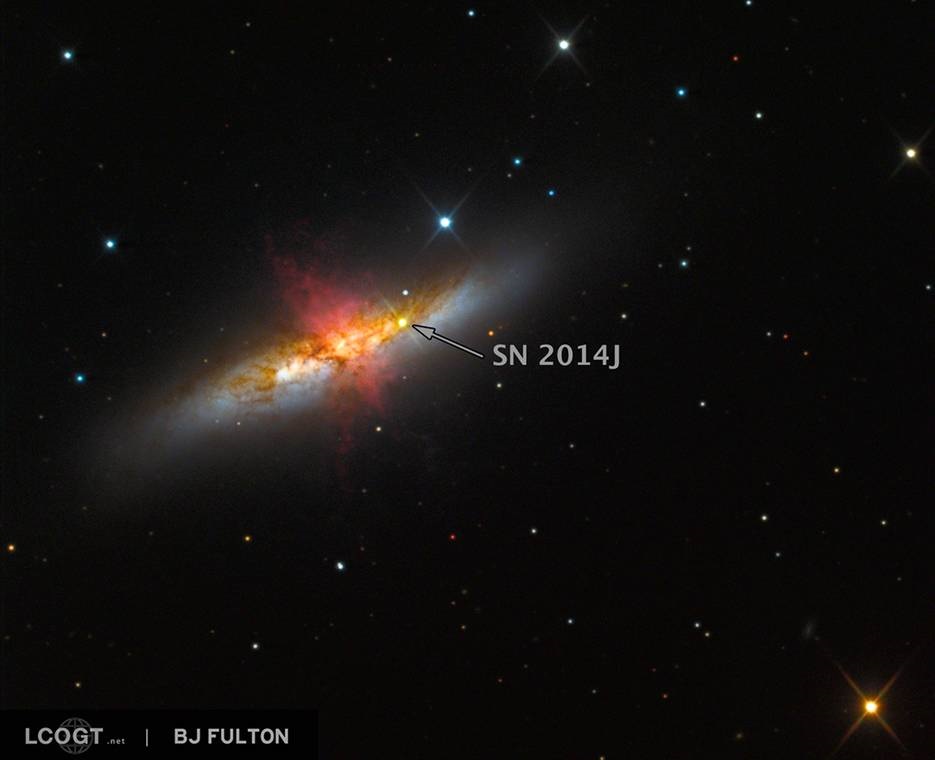
There are other, older methods of measuring the distance to galaxies; they all involve measuring how fast it’s moving away from us, and that was, until recently, assumed to be a simple function of how far away it was; the speed was a constant times the distance. But now, by knowing the actual distance, and (from the galaxy’s spectrum) knowing how fast it’s moving, we know that’s not really true (it was close, but not quite), and we were able to make the determination that the universe is expanding faster and faster, NOT slower and slower as one would expect.
So white dwarfs, and Type Ia supernovas, have helped us learn some really surprising things about the universe, as if white dwarfs themselves aren’t bizarre enough on their own!
Meanwhile, we’re in no danger of having Sirius B go supernova on us. It’s far too light to be a hazard today, and it’s certainly not gaining much mass from Sirius A, because it’s 20 AUs from that star. (That’s about the distance from the Sun to Uranus.) I haven’t been able to locate a professional’s estimate for how long Sirius A will last before it uses up its hydrogen, but it’s certainly hundreds of millions of years away. If it ends up lasting 12 times as long as Sirius B did, it’s good for a bit over a billion years. But when that time comes, it will become a red giant, and maybe, despite the huge distance, almost two billion miles, between the two stars, that will push enough matter out there for Sirius B to pick up some of it. And maybe…maybe…there will be a supernova.
We’re unlikely to be anywhere near it at the time. Sirius is moving closer and closer to us now, as both stars orbit the center of the Milky Way at different speeds, but in well under a million years it will be pulling away from us and should be nowhere nearby a billion years, or four orbits, from now.
Sorry, you still have to do your taxes next year!


